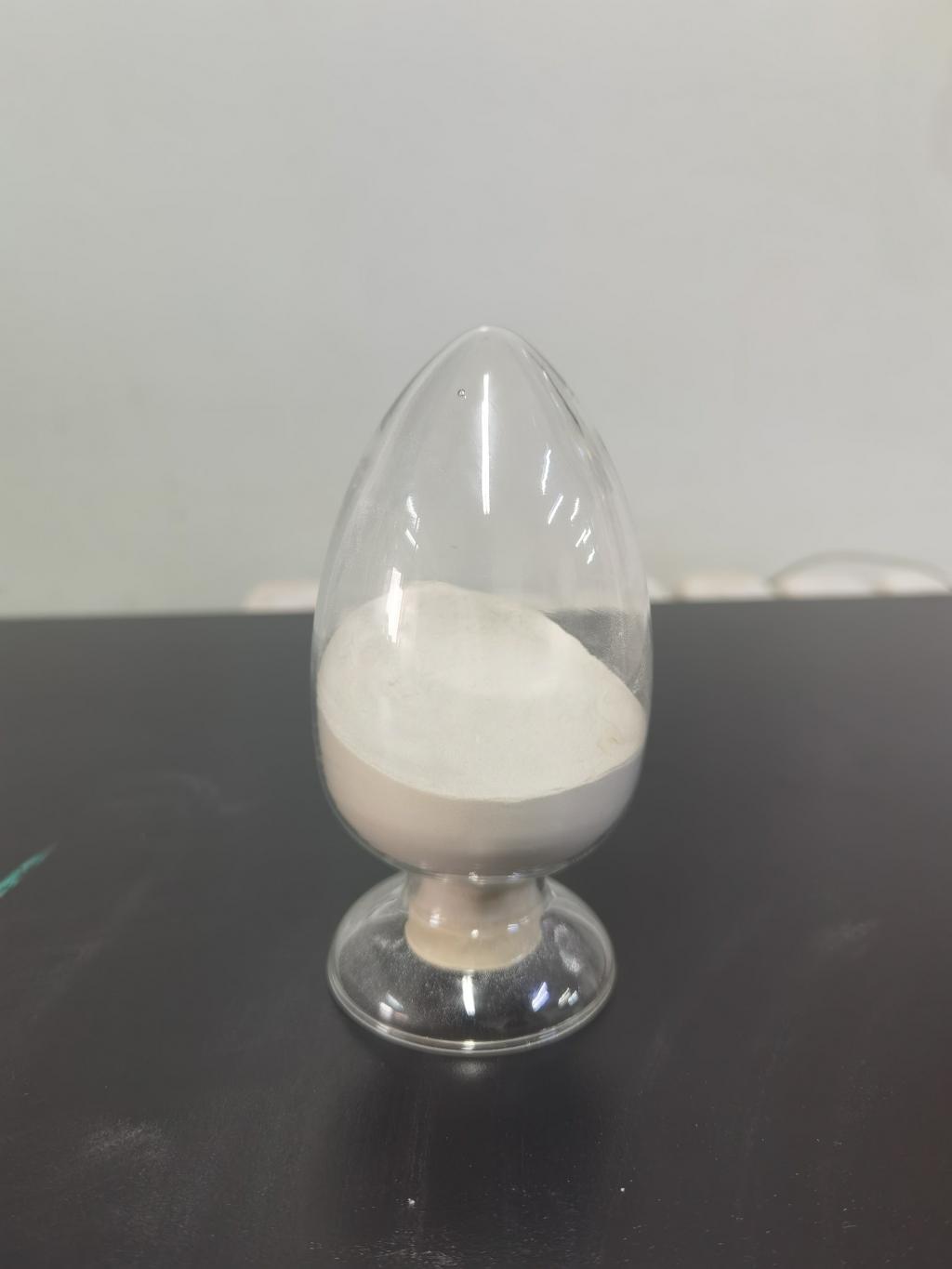Tel:+8618231198596

News
 CONTACT
CONTACT
 CONTACT
CONTACT
- Linkman:Linda Yao
- Tel: +8618231198596
- Email:linda.yao@dcpharma.cn
- Linkman:CHARLES.WANG
- Department:Overseas
- Tel: 0086 0311-85537378 0086 0311-85539701
News
Nisin Contribution to the Revitalization of Heritage Foods: Balancing Tradition and Safety
TIME:2024-03-19
Understanding Heritage Foods
Heritage foods encompass a wide range of traditional dishes, ingredients, and culinary practices that have been passed down through generations. These foods are deeply rooted in cultural traditions and are often associated with specific regions or communities. Examples include artisanal cheeses, fermented foods, cured meats, and heirloom fruits and vegetables. Heritage foods play a vital role in preserving culinary heritage and promoting cultural diversity.
Preservation Challenges
While heritage foods are cherished for their cultural significance and unique flavors, they also pose challenges for preservation. Traditional preservation methods, such as fermentation, curing, and smoking, may not always meet modern food safety standards. As a result, there is a risk of contamination with harmful microorganisms, leading to foodborne illness. Balancing the preservation of tradition with the need for safety is a delicate task faced by producers of heritage foods.
The Role of Nisin
Nisin is a naturally occurring antimicrobial peptide produced by certain strains of lactic acid bacteria. It has been used for decades as a food preservative due to its ability to inhibit the growth of a wide range of bacteria, including those that cause food spoilage and foodborne illness. Nisin is generally recognized as safe (GRAS) by regulatory authorities around the world and is approved for use in many countries.
Benefits of Nisin in Heritage Food Preservation
The use of nisin offers several benefits for the preservation of heritage foods:
a. Preservation of Authenticity: Nisin allows producers to maintain the authenticity of heritage foods by using a natural preservative that does not alter their flavor, texture, or appearance. This is particularly important for traditional foods where the preservation method is an integral part of their cultural identity.
b. Extended Shelf Life: Nisin helps extend the shelf life of heritage foods by inhibiting the growth of spoilage bacteria and pathogens. This enables producers to distribute their products over longer distances and reach a wider market without compromising on safety.
c. Reduction of Chemical Additives: By using nisin as a natural preservative, producers can reduce or eliminate the need for chemical additives such as synthetic preservatives and antioxidants. This aligns with consumer preferences for clean label products and contributes to a more sustainable food system.
d. Support for Small-Scale Producers: The use of nisin can benefit small-scale producers of heritage foods by providing them with a cost-effective means of preserving their products without the need for expensive equipment or complex processing methods. This helps support local economies and promotes the continued production of traditional foods.
Applications of Nisin in Heritage Food Preservation
Nisin can be applied in various ways to preserve heritage foods, depending on the specific product and preservation requirements. Some common applications include:
a. Cheese: Nisin can be added directly to cheese during the production process to inhibit the growth of spoilage bacteria and molds. This helps extend the shelf life of cheese without affecting its flavor or texture.
b. Fermented Foods: Nisin can be incorporated into fermented foods such as sauerkraut, kimchi, and pickles to prevent the growth of harmful bacteria while allowing beneficial lactic acid bacteria to thrive. This helps ensure the safety and stability of fermented products during storage.
c. Cured Meats: Nisin can be applied as a surface treatment or incorporated into curing brines to inhibit the growth of pathogenic bacteria such as Listeria monocytogenes and Staphylococcus aureus. This enhances the safety of cured meats without altering their traditional curing process.
d. Bakery Products: Nisin can be used in bakery products such as bread and pastry dough to prevent the growth of spoilage molds and extend their shelf life. This allows producers to reduce food waste and offer fresher products to consumers.
Implications for Food Safety and Cultural Heritage
The use of nisin in heritage food preservation raises important considerations for both food safety and cultural heritage:
a. Food Safety: While nisin is generally recognized as safe, its use must be carefully regulated to ensure that it is applied at appropriate levels and does not pose any health risks to consumers. Regulatory authorities play a crucial role in establishing guidelines for the use of nisin in food production and monitoring its safety.
b. Cultural Heritage: The preservation of heritage foods is not just about ensuring their safety and shelf life but also about safeguarding cultural traditions and culinary practices. It is essential to strike a balance between modern food safety standards and the preservation of authenticity to maintain the cultural integrity of traditional foods.
Conclusion
Nisin offers a promising solution for the preservation of heritage foods, allowing producers to balance tradition with safety and meet the demands of modern consumers. By harnessing the natural antimicrobial properties of nisin, producers can extend the shelf life of heritage foods while preserving their authenticity and cultural heritage. However, careful regulation and consideration of both food safety and cultural factors are essential to ensure that the use of nisin contributes positively to the revitalization of heritage foods. With proper guidance and support, nisin can continue to play a valuable role in preserving culinary traditions and promoting cultural diversity around the world.
- Tel:+8618231198596
- Whatsapp:18231198596
- Chat With Skype







